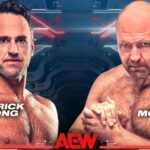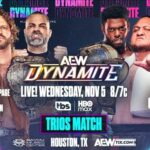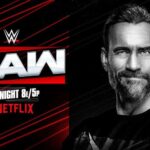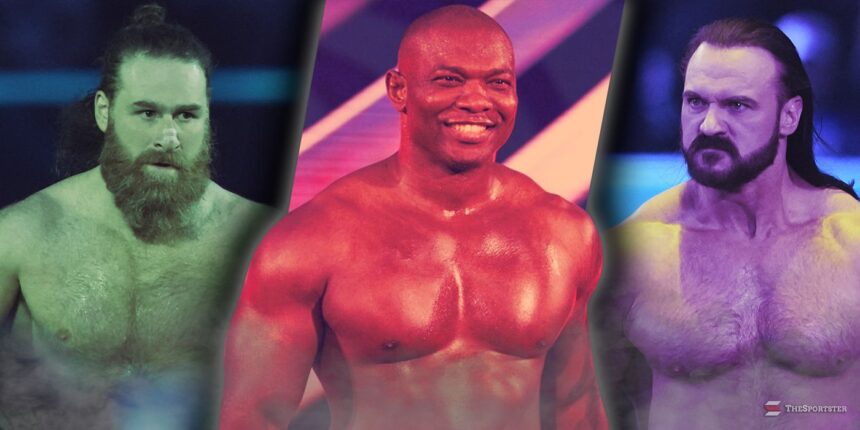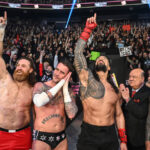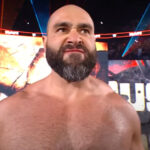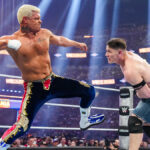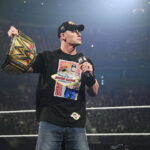Presentations play a crucial role in the success of professional wrestlers, as it’s their initial chance to make an impression on fans, who can instantly form opinions about their character. A significant component of this is their entrance theme music—when a wrestler can captivate the audience solely through their music, it’s a perfect fit. However, this doesn’t always happen; sometimes wrestlers switch to themes that don’t match their persona well, whether due to external pressures or personal choice. Below are notable examples from WWE where wrestlers’ music choices negatively impacted their presentation.
Ric Flair is famously associated with Richard Strauss’ orchestral piece “Also Sprach Zarathustra,” which became iconic during his 33-minute performances. When Flair moved from WCW to WWF, Jim Johnston attempted to replicate Strauss’ grandeur with a new theme, but it fell flat, feeling like a cheap imitation that lacked the original’s energy.
Keith Lee’s NXT theme “Limitless” perfectly reflected his dominant presence, helping him win major titles. Yet, upon moving to WWE’s main roster, he was given a much weaker theme, “Born To Bring It,” which failed to capture his aura and was quickly replaced by a slightly better but still inferior track.
Drew McIntyre’s original theme, “Broken Dreams,” was highly requested by fans and used for years before he switched to “Gallantry,” which many viewed as a downgrade despite being decent. His opponents sometimes used this theme during key matches, but the change still left fans longing for the old tune.
Sheamus saw a decline from the strong “Written on My Face” theme to the instrumental heel-theme “Hellfire,” and eventually to “10 Beats of the Bodhran,” which many fans criticized as bland and generic, with some joking it sounded like an AI-generated track for Irish wrestlers.
Carlito’s original theme “Cool” was a perfect match for his relaxed persona, but upon his return, WWE replaced it with “Bad Apple,” which fans saw as a downgrade, missing the charm and personality of the original.
Sami Zayn’s “Worlds Apart” theme, with its ska-filled trumpet, suited him perfectly until he turned heel and adopted the less impressive rock track “This Is It.” Fan backlash led WWE to reinstate his original theme, much to the delight of the crowd.
Shelton Benjamin’s “Ain’t No Stoppin’ Me” was a vibrant and energetic theme that fit him well for years. His return brought a new, less popular theme called “Bomb,” which felt generic in comparison. Despite this, Shelton has found success in AEW, where his music better matches his character.
Bayley’s entrance music also hit a bump when her theme was changed from “Rescue” to the less fitting “Role Model.” Even Bayley herself joked about the new theme’s reception, which many fans found too generic and disconnected from her persona.
“Stone Cold” Steve Austin’s shattering glass intro is one of the most iconic themes in wrestling history. While WWE experimented with different versions during his heel turn, the original glass crash remains the most memorable and beloved, highlighting how crucial entrance music is to a wrestler’s identity.
AJ Styles debuted with the “Phenomenal” theme, which blended rap and country elements perfectly. However, the newer “You Don’t Want None” theme failed to resonate with fans, making it harder for them to connect with AJ until the original was restored.
Fan Take: Entrance themes are essential in defining a wrestler’s character and fan connection, and changes that feel off can impact a wrestler’s momentum and fan support. For WWE fans, these music missteps highlight the importance of respecting wrestler identity through carefully chosen themes, which could influence how music and presentation evolve in the sport moving forward.


